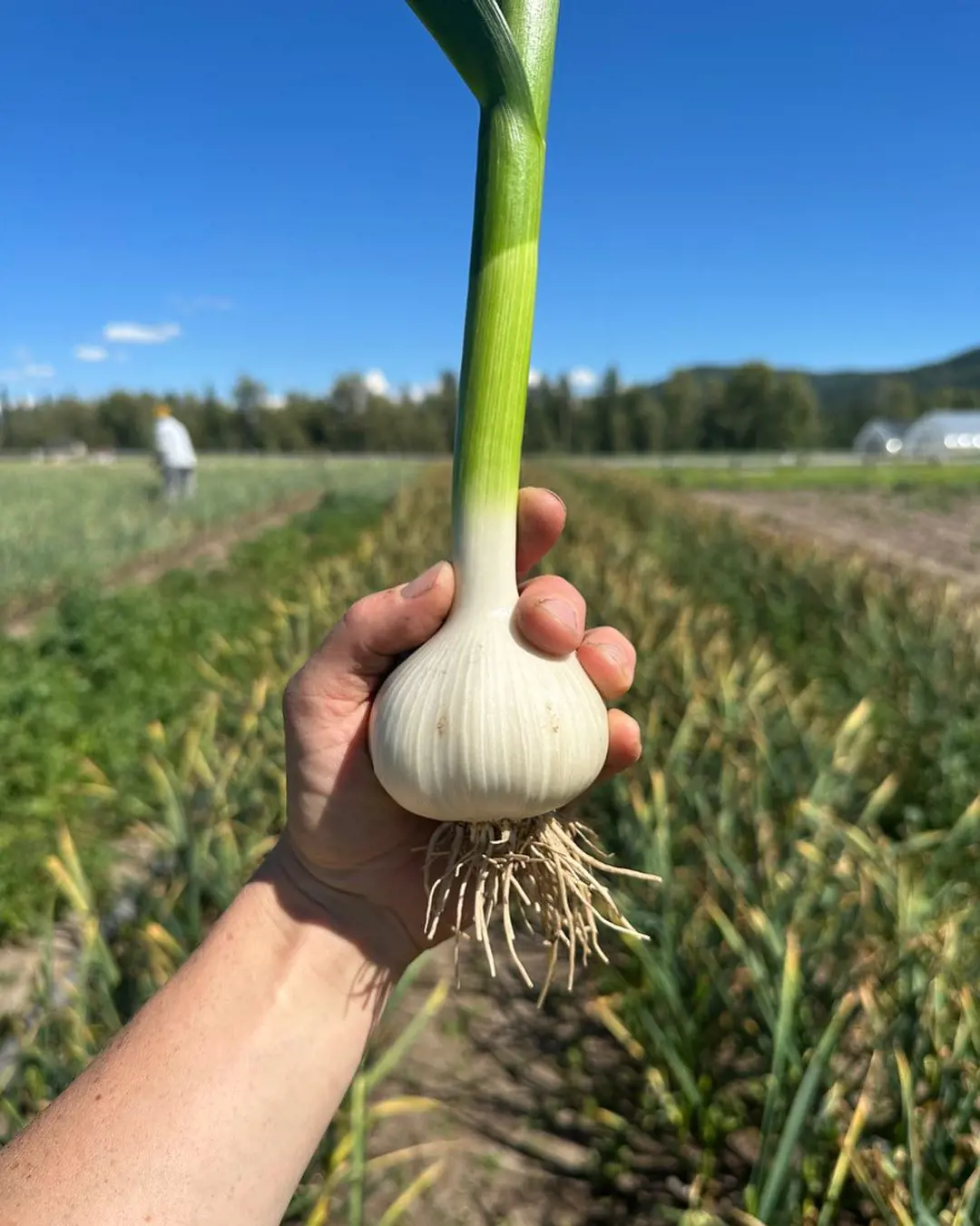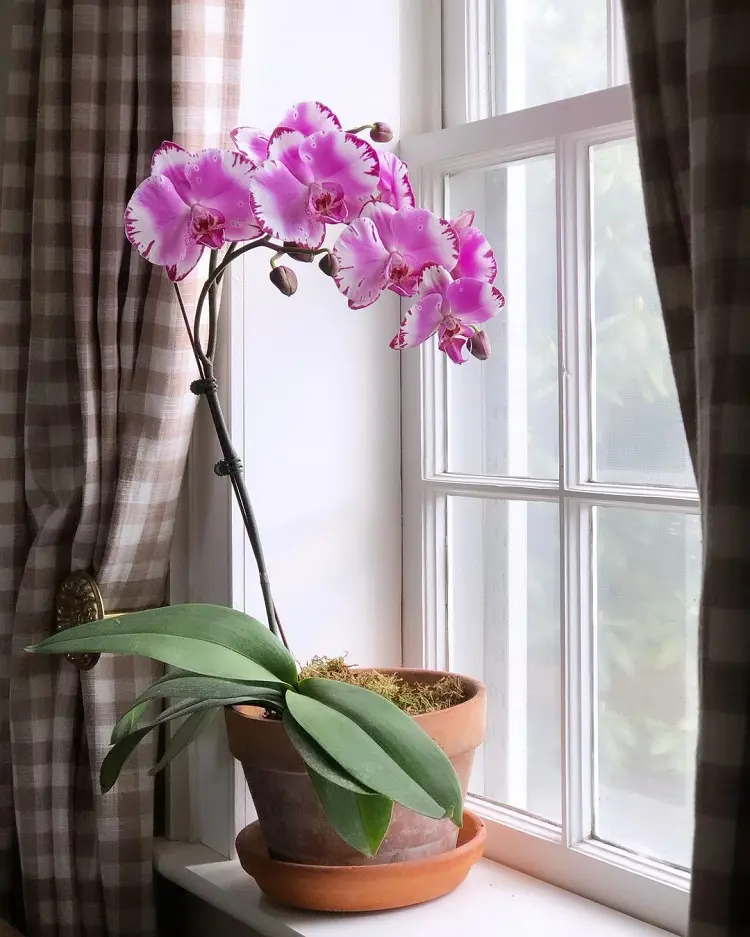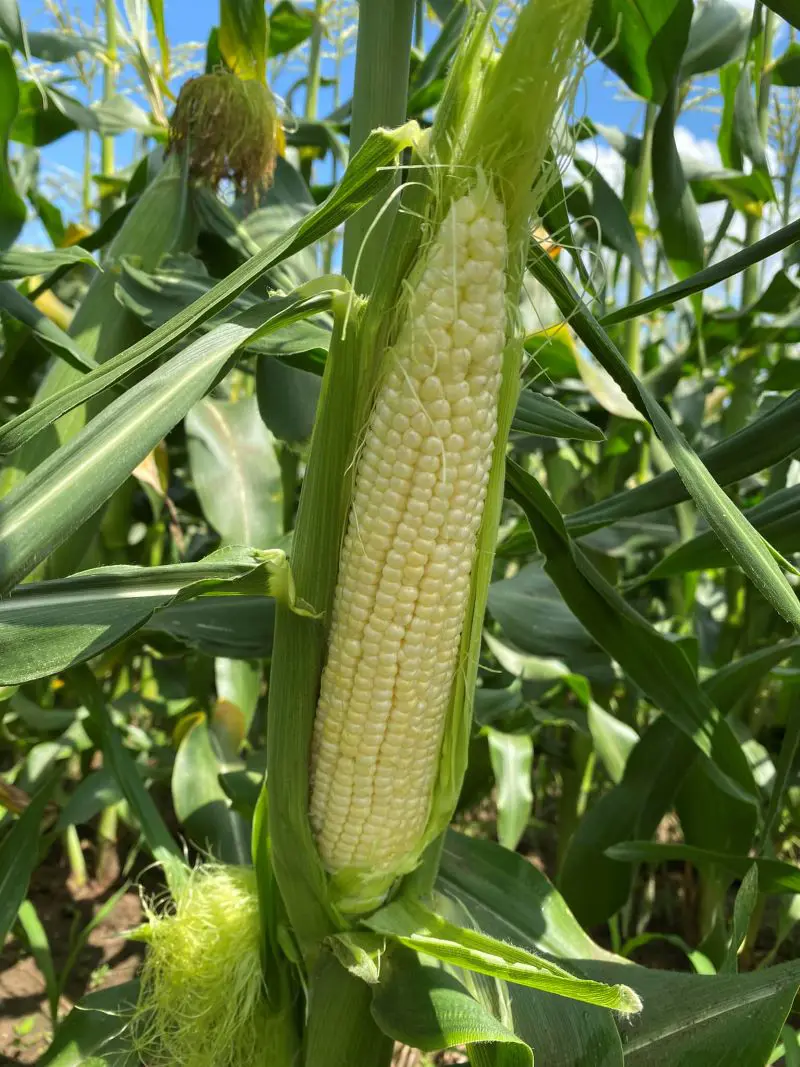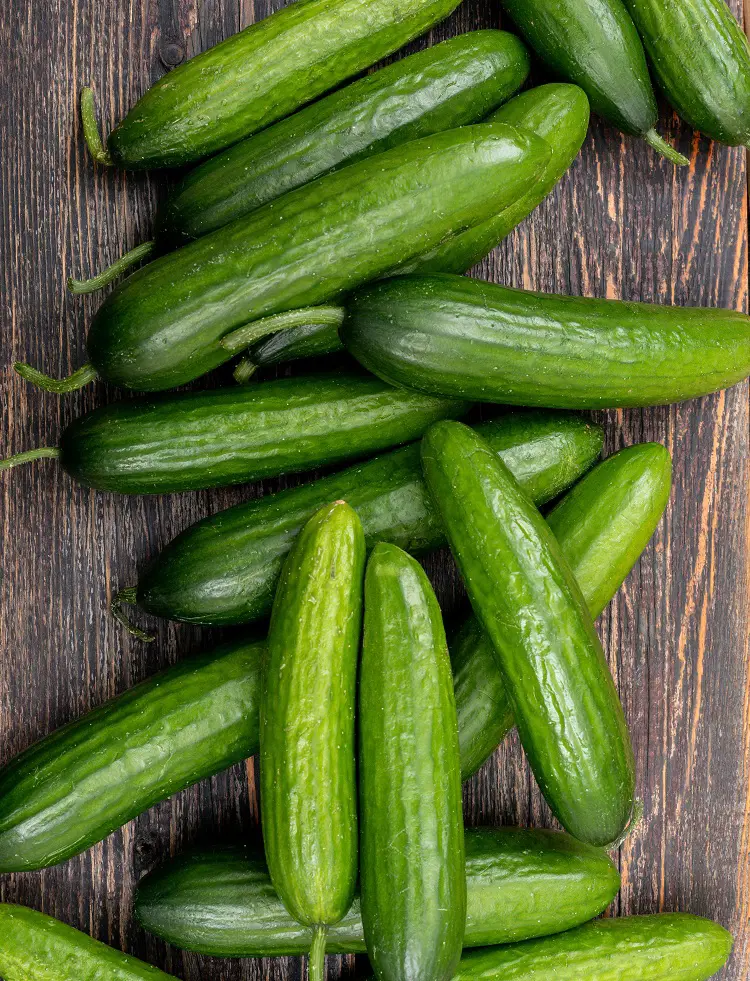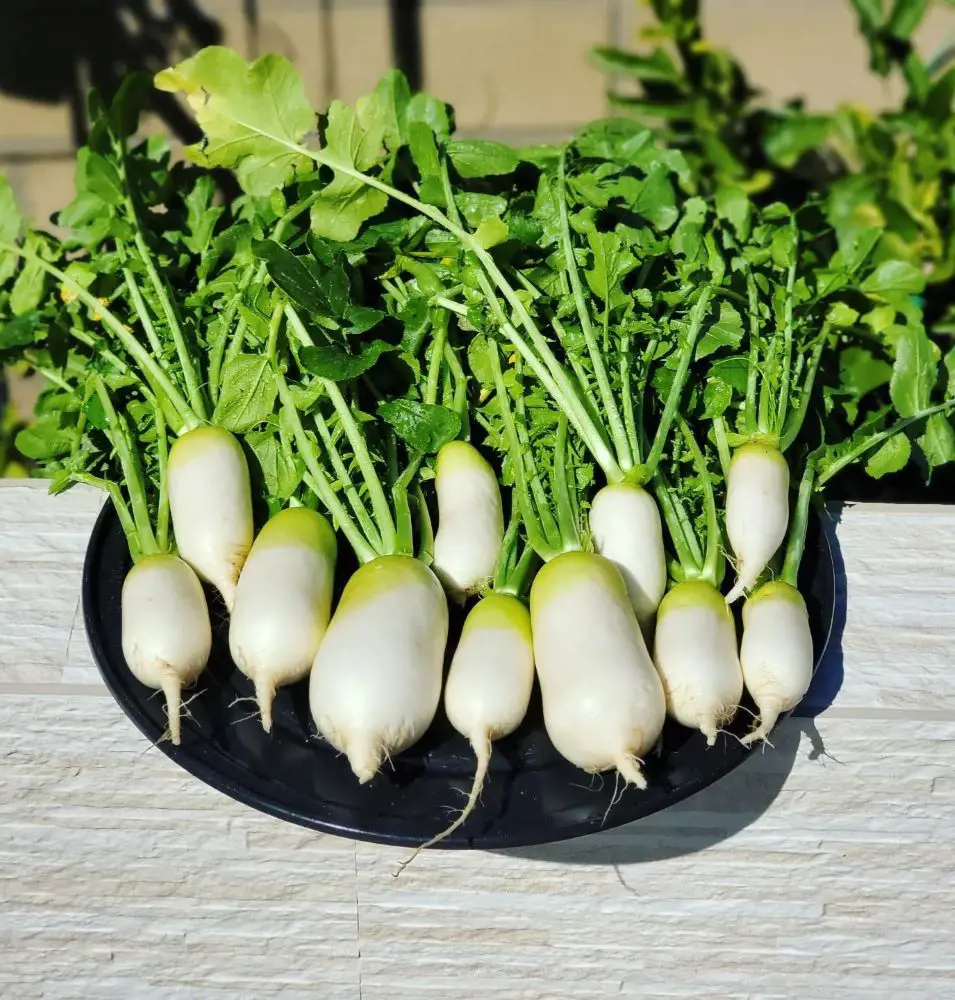Sow, Grow, and Care: A Beginner's Guide to Green Onion Success
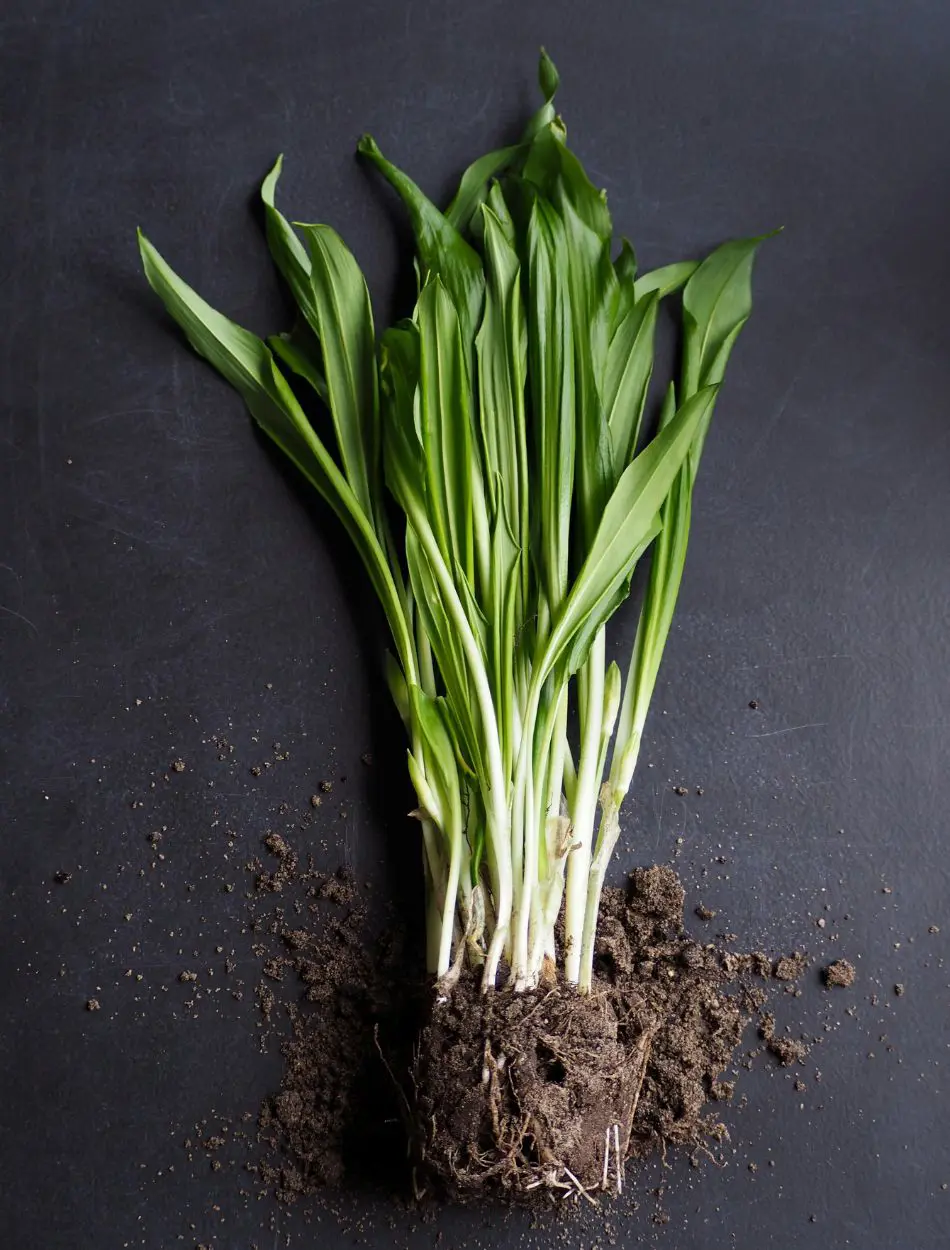
This post may contain affiliate links. If you make a purchase through links on our site, we may earn a commission.
Growing green onions is one of the easiest and most rewarding gardening activities for beginners. These vegetables are relatively low-maintenance plants. They don't require extensive care or special attention, making them perfect for beginners who may be new to gardening.
With a short growing cycle compared to other vegetables, you can typically start harvesting green onions just a few weeks after planting, which is incredibly satisfying for beginners eager to see results.
What are Green Onions?
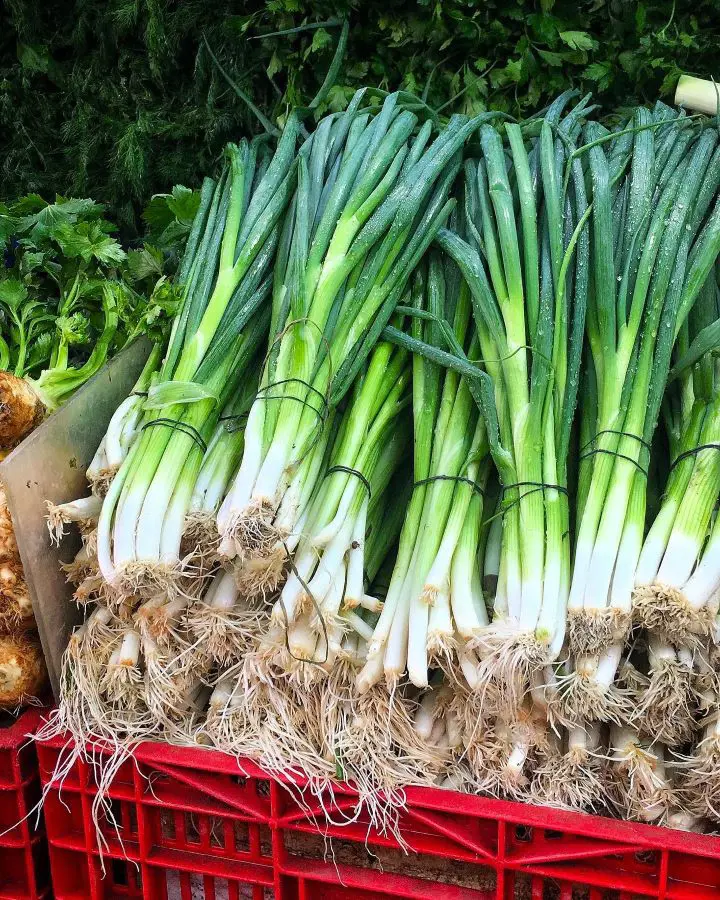
Green onions, also known as scallions or spring onions, are a type of vegetable in the Allium family, which also includes garlic, onions, and leeks. They have long, slender green stalks and small white bulbs, both of which are edible.
These easy pot-grown vegetables thrive in cool weather and prefer well-drained, fertile soil. Moreover, caring for green onions is relatively easy. These bright green stalks pack a surprising punch of flavor and versatility in the kitchen.
Here's why you should start growing them:
- Mild onion flavor: Compared to their bigger bulb-forming cousins, green onions offer a milder, sweeter taste that won't overpower your dishes.
- Crispy texture: Both the white and green parts offer a delightful crunch, adding a fresh dimension to various dishes.
- Culinary chameleon: Use them raw in salads, dips, and sandwiches, or cooked in stir-fries, soups, and omelets. Their mildness makes them suitable for a wide range of cuisines.
- Easy to grow: Even gardening beginners can enjoy homegrown green onions with minimal effort and space.
How To Sow Green Onion Seeds?
Growing green onions from seed means planting tiny green onion seeds directly into the soil and nurturing them until they sprout and grow into mature plants.
There are two main ways to start your green onion journey: sowing seeds or planting sets (young green onion plants). Both options have their pros and cons.
Seeds are more affordable and offer a wider variety, but they take longer to mature. Sets are faster and easier for beginners, but they have limited variety and a slightly higher cost.
Here, we will focus on growing green onions from seeds.
Timing Your Sowing
If you start indoors, aim to sow the seeds 8–10 weeks before the last frost date in your area. This ensures they are ready for transplanting outdoors once the weather warms up. If sowing directly outdoors, wait until the soil temperature consistently reaches at least 50°F (10°C) in the spring. This is crucial for proper germination and seedling growth.
Choosing a Container
Opt for a pot with good drainage holes and a depth of 6–8 inches. Plastic or terracotta pots are both suitable. If you have outdoor space, a raised bed with well-draining soil is another excellent option. Ensure that the bed receives sufficient sunlight (around 6–8 hours daily).
Preparing the Soil
Use a good-quality potting mix specifically designed for seedlings. These mixes are often light and airy, promoting good drainage and root development. If you are using garden soil, mix it with equal parts compost to improve drainage and nutrient content. Moisten the soil mixture lightly before sowing.
Sowing Seeds
Green onion seeds are incredibly small, so handle them carefully. Sprinkle them thinly onto the soil surface, spacing them about 1/4 inch apart. Don't bury the seeds deeply, as they need light to germinate. Gently press them into the soil with your fingers.
Growing onions indoors:
If you are sowing seeds indoors, fill seed trays or small pots with a high-quality seed starter mix. Moisten the mix before planting to ensure good seed-to-soil contact. Now, plant the green onion seeds about ¼ inch deep in the soil, spacing them about ½ inch apart. Then cover the seeds lightly with soil and gently pat them down. Place the seed trays or pots in a warm, sunny location, such as a windowsill or under grow lights. Keep the soil consistently moist but not waterlogged.
Sowing seeds outdoors:
If you prefer to sow green onion seeds directly outdoors, wait until after the last frost date or when soil temperatures reach around 50°F (10°C). Sow the seeds thinly in rows or clusters, about ¼ inch deep in the soil and spaced ½ inch apart. Cover the seeds lightly with soil and water gently.
Covering and Watering
To retain moisture and create a mini greenhouse effect, cover the pot with clear plastic wrap. Poke a few holes for ventilation. Water the soil regularly to keep it moist but not soggy. Aim to water the pot from the bottom by placing the pot in a shallow dish of water and letting it soak up the moisture.
Other Ways to Grow Green Onions
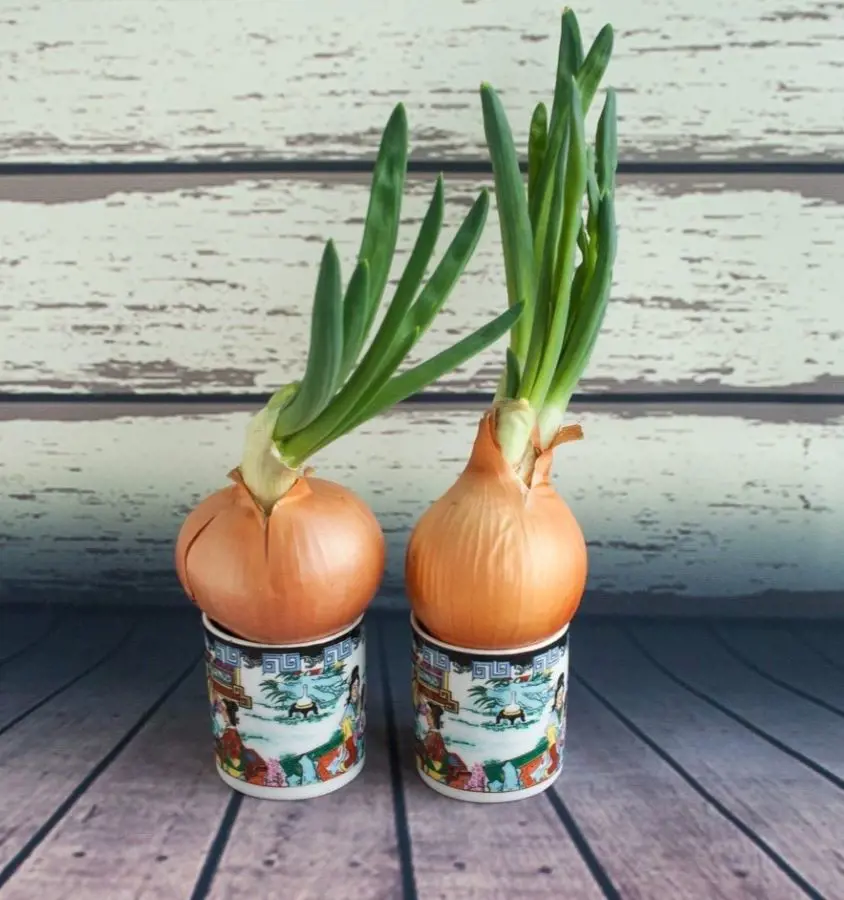
While sowing seeds is the classic approach, there are several ways to cultivate your green onion patch, each with its own advantages and considerations:
Planting Sets
If you're short on time or prefer a quicker route, sets offer a convenient solution. These young green onion plants are ready to grow, delivering a harvest in just 3–4 weeks. While options may be limited compared to seeds, sets are generally easier for beginners and require less meticulous care. Simply choose healthy sets, prepare well-draining soil, plant them carefully, and enjoy faster results.
- Advantages: Faster results (harvest in 3–4 weeks), easier for beginners, less risk of germination failure.
- Disadvantages: Limited variety; slightly more expensive than seeds.
Regrowing from Scraps
This eco-friendly and budget-friendly method utilizes the leftover ends of store-bought green onions. Simply cut off the green tops, leaving about an inch of the white bulb, and place it in water. Within days, you'll see fresh green shoots emerge, ready to be harvested and enjoyed. While the yield might be smaller than other methods, regrowing is a fun and sustainable way to extend the life of your green onions.
- Advantages: Free, incredibly easy, minimal effort required.
- Disadvantages: Limited yield compared to other methods; regrown bulbs may be smaller.
Hydroponics
Green onion growing in water is another easy way to grow your green onions. For those seeking a modern and space-saving approach, hydroponics offers a clean and efficient way to grow green onions indoors. This method requires setting up a system with a nutrient solution and growing medium, but it provides rapid growth and continuous harvest. While it involves initial investment and technical understanding, hydroponics can be a rewarding option for tech-savvy gardeners.
- Advantages: Requires minimal space, is ideal for indoor growth, and is a clean and efficient system.
- Disadvantages: Requires initial setup and investment and can be more technical than traditional methods.
Which method is right for you?
Ultimately, the best method depends on your individual needs and preferences. Consider the following factors before choosing any method for green onions, a spring vegetable.
- Consider your experience level: Sowing seeds offers a learning experience, while sets or regrowths are easier for beginners.
- Think about your desired harvest time: Sets and regrowth offer quicker results, while seeds take longer.
- Factors in space and resources: Hydroponics requires more setup, while traditional methods are simpler.
What Care Does Green Onion Need?
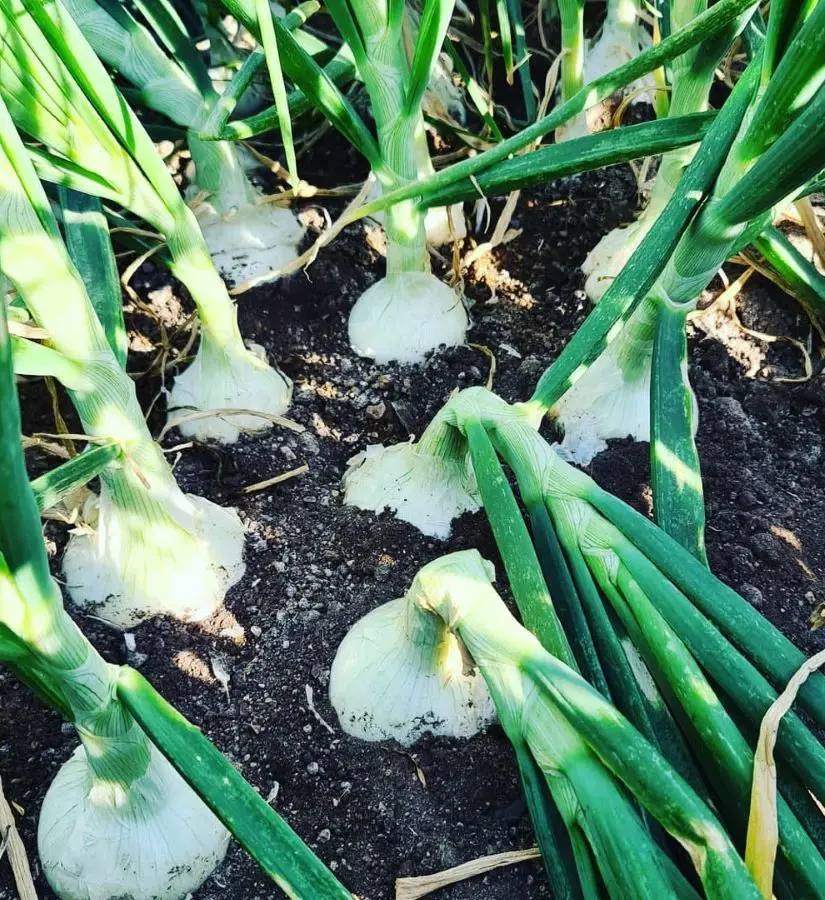
Once you have embarked on your green onion journey, whether through sowing seeds, planting sets, or regrowing from scraps method, now is the time to care for your little green friends.
Sun is Key
Green onions love sunshine. Ensure they receive at least 6–8 hours of sunlight per day for optimal growth and development. If growing indoors, place the green onions on a sunny windowsill or under growing lights to provide adequate light exposure.
Water Wisely
Keep the soil consistently moist but not waterlogged. Water the green onions deeply, ensuring that the soil is evenly moist throughout the root zone.
Your watering frequency will depend on factors such as temperature, humidity, and soil drainage. In general, water the onions whenever the top inch of soil feels dry to the touch. Avoid overhead watering, as this can increase the risk of fungal diseases. Instead, water the soil directly at the base of the plants.
Plant them in Well-drained Soil
Plant green onions in well-draining, fertile soil with a slightly acidic to neutral pH (around 6.0 to 7.0). Loamy soil rich in organic matter is ideal. Before planting, amend the soil with compost or aged manure to improve fertility and soil structure. Mulch around the base of the green onions with organic mulch, such as straw or compost, to help retain soil moisture and suppress weeds.
Feed them Light
Green onions are relatively light feeders, but they will benefit from occasional fertilization to promote healthy growth. Apply a balanced fertilizer (such as 10–10) to the soil around the base of the plants every 4-6 weeks during the growing season. Alternatively, you can use a water-soluble fertilizer diluted to half strength and apply it to the soil or foliage every 2-3 weeks.
Thinning and Spacing
Green onion growth requires proper spacing to access sufficient nutrients, water, and sunlight, resulting in healthier growth and larger bulbs. If the green onions are overcrowded, thin them out to provide adequate spacing for optimal growth. Thin out the seedlings or mature plants by gently pulling out the excess plants, leaving about 2–3 inches of space between each plant.
Pest and Disease Management
Keep an eye out for common pests such as aphids, thrips, and onion maggots, as well as fungal diseases like onion rust and downy mildew. Monitor the plants regularly for signs of pests or diseases, such as yellowing leaves, wilting, or distorted growth. Try to use organic pest control methods such as handpicking pests, spraying with insecticidal soap, or applying neem oil to deter pests.
Harvesting
You can harvest green onions as needed once the stalks reach the desired size, typically around 6–8 inches tall. Use a sharp pair of scissors or garden shears to snip off the outer leaves (stalks) at the base of the plant. Avoid pulling up the entire plant unless you intend to harvest the entire crop.
How Does Green Onion Grow?
Green onions, also known as scallions or spring onions, are relatively simple to grow. Understanding their growth process can help you cultivate them successfully. Here's a detailed explanation of how green onions grow:
Germination (7–14 days)
- The adventure starts with a tiny seed. Within days, a fragile sprout emerges, pushing its way through the soil and reaching for the light. This is a critical stage, requiring consistent moisture and gentle care.
Seedling Stage (2-4 weeks)
- The sprout transforms into a miniature green onion, its first true leaves unfurling. This stage requires moderate watering and protection from the harsh elements.
Establishing Roots (4-6 weeks)
- More true leaves emerge, forming a cluster at the base of the plant. The white bulb starts to form below the soil's surface. This stage requires consistent moisture and sunlight.
Bulbing Up (6–8 weeks)
- The energy shifts towards bulb development. The green leaves continue to grow but at a slower pace. The bulb gets thicker and plumper, storing energy for future growth.
Harvest Time (8+ weeks)
- Your green onion is ready for its starring role in your kitchen. The white bulb is now fully formed, and the green leaves are long and flavorful. Snip what you need, leaving some stems and bulbs for continued growth.
Bonus Stages
- Regrowing: Cut off the green tops of store-bought onions, leaving some bulbs. Place them in water, and watch new green shoots emerge. This is a fun way to get multiple harvests from one bulb.
- Bolting: In hot weather or with insufficient sunlight, green onions may flower (bolt). This makes the leaves tough and less flavorful. Harvest before bolting occurs for the best taste.
Recent posts
How To Grow
How To Grow
How To Grow Garlic
A bulbous member of the onion family, garlic is prized for both its potent flavor and a variety of therapeutic applications. Due to its relative ease of cultivation, it is a favorite among home gardeners and a pioneer in kitchens worldwide. Garlic ma...
How To Grow
How To Plant and Grow Orchids
Orchids are one of the prettiest and most interesting flowers out there, with over 30,000 types and 200,000 hybrids. They are one of the biggest families of plants and can grow indoors or outdoors. However, growing and taking care of orchids is not e...
How To Grow
How To Plant, Grow And Harvest Corn All By Yourself
Growing your popcorn or sweet corn at home garden can seem like an interesting idea. However, it requires a large amount of space to grow as it is a tall plant that needs plenty of room to spread out. But, if you want to enjoy freshly popped po...
How To Grow
How To Plant, Grow And Care Cucumbers
Growing cucumbers is like going on a fun journey where you get to plant and pick your very own crunchy veggies. It's not just about having tasty cucumbers, it's also about the joy of seeing your plants grow. Whether you have a big garden or a small b...
How To Grow
How To Plant, Grow And Care Radishes In Your Garden
Growing radishes in your garden is a fantastic way to enjoy crisp and peppery veggies that you've nurtured from seed to plate. It's a straightforward process that anyone can try, even if you're new to gardening. In the following 12 steps, we'll guide...
How To Grow
How to Plant, Grow And Care For Spinach?
Growing leafy greens in your backyard garden is both healthy and fun. Spinach can be the best leafy green to start with as it is relatively easy to grow from scratch and can be harvested in about a month from planting. It thrives in spring or fall in...
